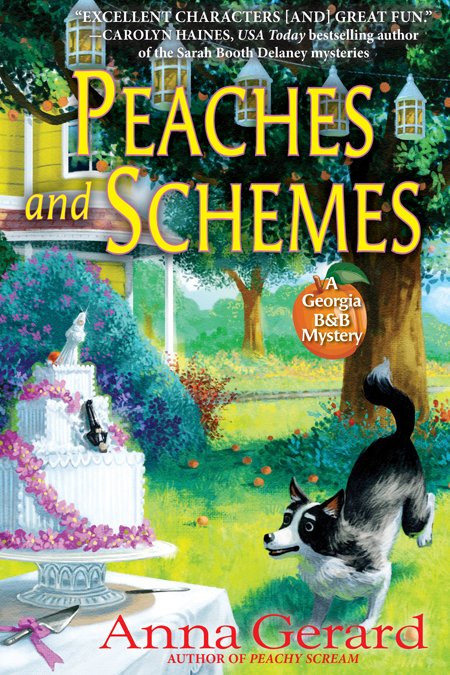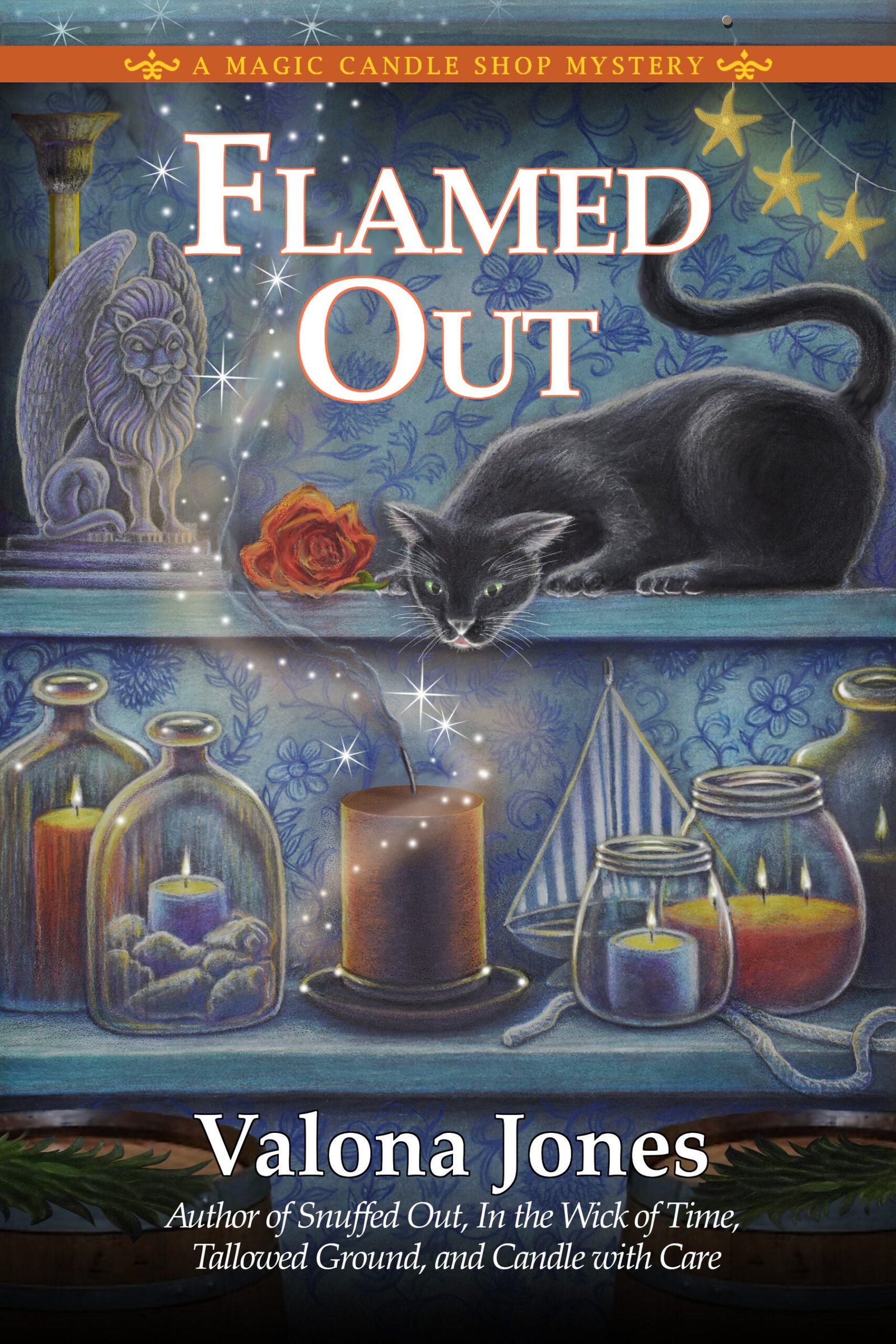Calisthenics for Characters
A Guest Post by Donnell Ann Bell
Hello Booklover’s Bench readers and contributors! Thank you to my critique partner, Lois Winston, for the invitation to join you today. Recently, I came across a question from a new writer who asked, “Is it okay to use a real person to create a character?”
That’s a tricky question because writers get their ideas from so many areas. A vacation we take might stir a potential setting. A newspaper article may influence a plot. But basing a character on a real person, especially if the person isn’t a public figure, can be detrimental to an author’s career. Lawsuits have been filed (and won) when a person recognizes themselves in a book.
As a new fiction writer, I read myriad books on the craft of writing. One, and I’ll bet my friends and colleagues on Book Lover’s Bench have read it as well, is Techniques of a Selling Author by Dwight Swain. Dwight Swain taught literature at the University of Oklahoma, and one section in the book sticks with me to this day. One of his students approached the professor to complain about his grade on characterization. Ad-libbing here (It’s been a few years), Dwight Swain said words to the effect, “Flat characters. Unrealistic.”
“Unrealistic?” the outraged student replied, “How can you say that? They’re real people!”
“And that,” the instructor said, “is the crux of your problem.”
Just as authors become enamored with a setting or plot, they often meet someone with physical characteristics or quirky traits that would make a great protagonist, antagonist, or secondary character. So, if it’s ill-advised to use a real person, what’s an author to do?
Perhaps the genuine article can be used as an inspiration, e.g., the outline or mold. Then it becomes the author’s job to stretch and fashion the character into someone even the author no longer recognizes when she thinks about her character.
I’ve done this numerous times in my fiction career. Plot comes easier to me than characterization, and because I write both romantic suspense and police procedure, it’s easy to become embroiled in stereotypes. When I wrote Black Pearl, A Cold Case Suspense, I decided to write a female police officer. How did I get to know her? I interviewed several female police officers and even rode with a female field training officer. By combining traits, comments and tips from these professionals, Officer Allison Shannon became her own person. Yikes, it just occurred to me I’m a bit like Frankenstein!
One other example in which I used this composite technique was in my debut novel The Past Came Hunting. I wrote this book after taking The El Paso County Sheriff’s Office Citizens Academy where I met so many varied personalities, I was able to create my protagonist, Lieutenant Joe Crandall.
I often meet a real person who I think would be a fantastic character, but Dwight Swain’s advice is firmly entrenched in my psyche. It takes inspiration and grit to develop a character. Real people are just not that interesting, especially if the author doesn’t mold, push, and stretch to give the character their own personality.
Readers, have you ever read a book where a character reminded you of a real person? Authors, have you ever created a character inspired by a real person? Post a comment for a chance to win one of two paperback copies of The Past Came Hunting (US residents only.)
Happy reading! Thanks for having me, Booklover’s Bench!
About the Author: Leaving international thrillers to the world travelers, Donnell Ann Bell concentrates on suspense that might happen in her neck of the woods – writing Suspense Too Close to Home. The author of four award-winning, single-title romantic suspense novels as well as her award-winning Cold Case series, Black Pearl and Until Dead, she’s currently working on book three of the series.
Donnell co-owns Crimescenewriter, an online group, in which law enforcement, forensic experts, and a multitude of related professionals assist authors in getting those pesky facts straight in their novels. Sign up for her newsletter for updates and giveaways at her website, on Facebook, and on X (twitter) as @DonnellAnnBell
Posted in Guest Post, Puzzles and more • Tags: Black Pearl, Donnell Ann Bell, Guest post, The Past Came Hunting | 28 Comments









Over the years, some of my favorite characters have been composites of real people, but with certain characteristics stretched or enhanced to make the character a person as opposed to a mass of traits. Thanks for guesting today. Your point is well made.
Debra, thank you for having me! I imagine in your stately career you’ve met many characters in which to expand.
No, I haven’t come across any characters that remind me of anyone that I know in real life. But I have enjoyed reading about places that I have been to.
Paula, thank you for commenting. Real places can be an inspiration. I’ve never been to Riverside, California but in talking to residents I feel I could have grown up there. Writers are blessed with the gift of taking an idea and expanding to make it fictional.
Donnell, thanks for being our first guest on our new Fifth Monday posts.
Lois, I appreciate the invitation!
I have read books set in California (where I live) that have had characters that I could relate to and seemed “real”.
Linda, that’s great to know. My books are set in Colorado, New Mexico and Texas, the places I’ve predominantly lived. I mentioned Riverside because that was my antagonist Drake Maxwells’s home before moving to Colorado. Characterization is what sets books apart in my opinion. Whatever genre, even in fantasy, which readers rely on in world building, the characters must be believable for readers to invest in the story. Thanks for commenting!
El Paso? My goodness! We lived there in the 70s when Jay J. Armes was in his heyday. I’ve never recognized anyone in a book but speech and actions can certainly add familiarity to characters. The wave over the steering wheel to approaching vehicles on country roads. The expression “boy howdy!”
Pat, I lived in Colorado Springs where the county is El Paso County. Now I live 30 minutes fronEl Paso Texas, so it’s doubly confusing. Boy Howdy, I haven’t heard that saying in a while. Thanks for commenting!
Sometimes a real person may inspire a character trait for a minor or secondary character in my books, but the sum of the parts add up to an entirely fictional person. Fun post, Donnell!
Thank you, Gay! The key is to gather ideas and inspiration and create from there, right?
I did create a character for my cruise ship mystery, Killer Knots, based on a fashionable woman I had met on a cruise. Of course my person’s backstory was completely made up. It took my plot in a new direction as I added her in midway through the book.
Well done, Nancy! I met a woman one who wore a mink coat with tennis shoes. That odd mix of attire belonged in a book. Of course I veered far away from the actual person:)
I’ve had several instances where I’ve just loved a particular character, and it turned out to be based on a real person in the author’s life. In each case I’ve thought that the character came so alive for me because the author’s feelings toward that person came through in how they were portrayed.
So, I’m thinking that maybe it’s easier? to make that well-rounded “real” character when you have true feelings toward them.
Theda, glad you’ve had a positive experience. Of course if the author loves or admires the person, those feelings will translate on page. Same as if an author dislikes a real person. That’s when it could get tricky. Thanks for sharing your thoughts.
I may snag a character trait here or there but I’ve never used a “real” person as a character (except in historical fiction, but that’s a whole ‘nother thing). Mostly I borrow names…a first name from this person, a surname from that one. I graduated from OU’s writing program so I’m very familiar with Mr. Swain. 🙂
Anna, I love historical fiction and respect when authors do their research to represent real life figures. How very cool. Did you know Dwight Swain?
Inspiring column, Donnell.
My first two published mysteries featured a female bail bond agent in what is predominately a man’s world. I got the idea when I read a long article in a local Denver publication about a female bail bond agent. I set my stories in Denver but made my character, Ruby Dark, very different from the woman profiled in the article (obviously there is a link but nothing to be sued over).
I’ve also published two crime short stories and am working on a third about a real person. Weegee, as he was known, was a famous freelance crime photographer in New York City in the 1930s and 1940s. I used his real name, showed him in his real slummy room, his traits (cigar chomping), and even used his photos to inspire my stories. He died in 1958 and I’m not concerned about being sued (he had no children), and of course to a point made above, he was not obscure (some of his crime photos hang in NYC museums).
Another mystery I wrote is set in contemporary Wyoming cattle country. I have relatives there and drew on some of the ranchers I’ve met for my characters. People might see themselves, but again, nothing so obvious I would be sued. (One of them even wanted me to name one of my characters after him-I made him a bad guy.)
Bruce, thank you! I bow to your expertise! I agree if the man passed in 1958, you’re not likely to be sued.
I have taken any number of incidents, real incidents, and based my characters on those in the actual event. However, my characters refuse to be placed or categorized by the living, breathing, and now dead actors. Mine decide how they want to be perceived and never resemble their ancestors. I loved reading Donnell’s post and the comments. Thanks to Donnell and all those on the Bench.
George, absolutely ripped from the headlines is perfectly acceptable:) Thank you for stopping by and your nice comments.
I always thought plot came to me before the characters, but here lately I’m not so sure that’s true. I often come up with a name and then I build on what the name means to me. The hard part for me is not fixing the flaws in the character immediately. Not being perfect is important in fiction, and often gives us a personal story arc along with the mystery/crime to solve. Thanks for visiting us at Booklover’s Bench.
Oh interesting, Maggie. Writers can change their processes and I like the way you think. There’s a fine line to giving a character flaws and those flaws not becoming tropes in and of themselves.
Like the idea of taking characteristics or mannerisms of several and combining to be one person in a story. It gives you the ability to take both the good and the bad to make a well rounded character.
I think we can often find part of ourselves or others in a character IF we look close enough. However, I can’t say that I’ve ever found a “whole” person in a book before.
2clowns at arkansas dot net
That’s probably a good thing, right, Kay? You’re right about recognizing one or some of our traits in fiction. Makes them relatable; would you agree?
There are many different characters that I wish were real, because I would love to hang out with them!
Oh yeah!!! I’d also love to meet the authors that crated them or the actors that brought them further to life!